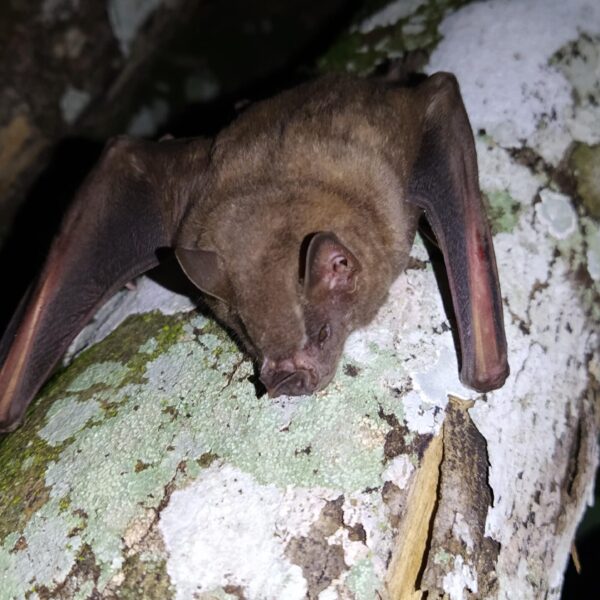The increase in emerging and re-emerging diseases caused by viral pathogens has recently been associated with non-human reservoirs, and zoonotic diseases represent 30% of those that affect humans. Strategies for studying emerging pathogens must have a comprehensive approach and be considered within the concept of “one health”. Among reported reservoirs, rodents, bats, and birds have been highly associated with diseases such as Hantavirus, Lassa fever, Influenza, and West Nile Virus. In addition, mosquitoes are considered vectors of diseases such as Zika and Dengue. Mexico is considered a “megadiverse” country with high biological diversity and significant environmental conflicts that may represent similar areas in America. It is important to identify circulating viruses and monitor reservoirs to determine their importance in disease transmission. In this study, we propose collecting samples from birds, bats, rodents, and mosquitoes in the Yucatan Peninsula. NGS analysis will be used together with specific oligonucleotides to enrich viral sequences to detect viral diversity in sylvatic reservoirs. Data from collected samples will be analyzed to generate spatial statistical models, identify areas of risk, and understand the impact of the presence of reservoirs and the emergence of infectious diseases.
Fundings: UC MEXUS-CONACYT
Directors: Rosa Elena Sarmiento y Charles Chiu
Participating countries: México and The United States
Duration: 2021 – 2023





